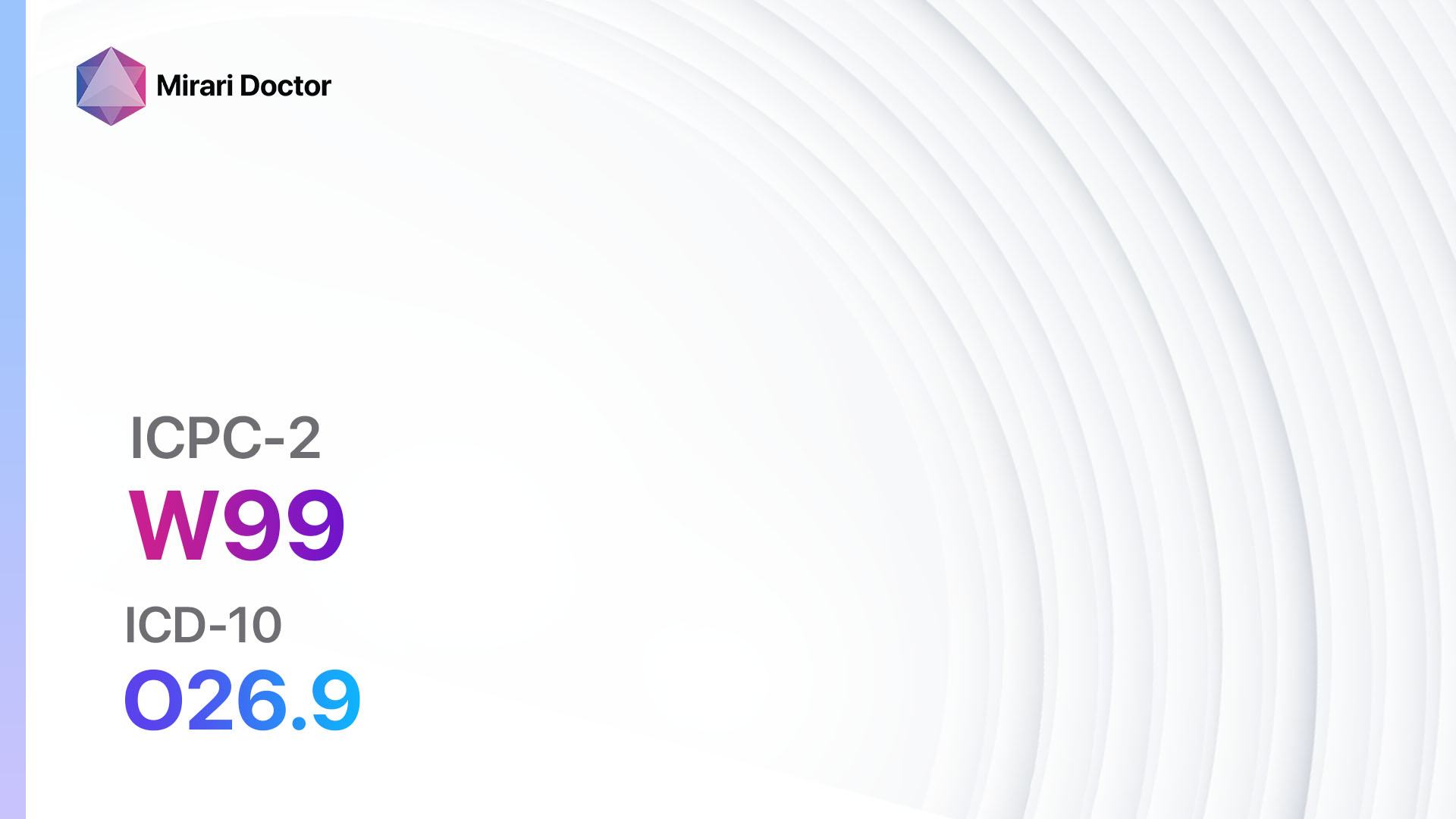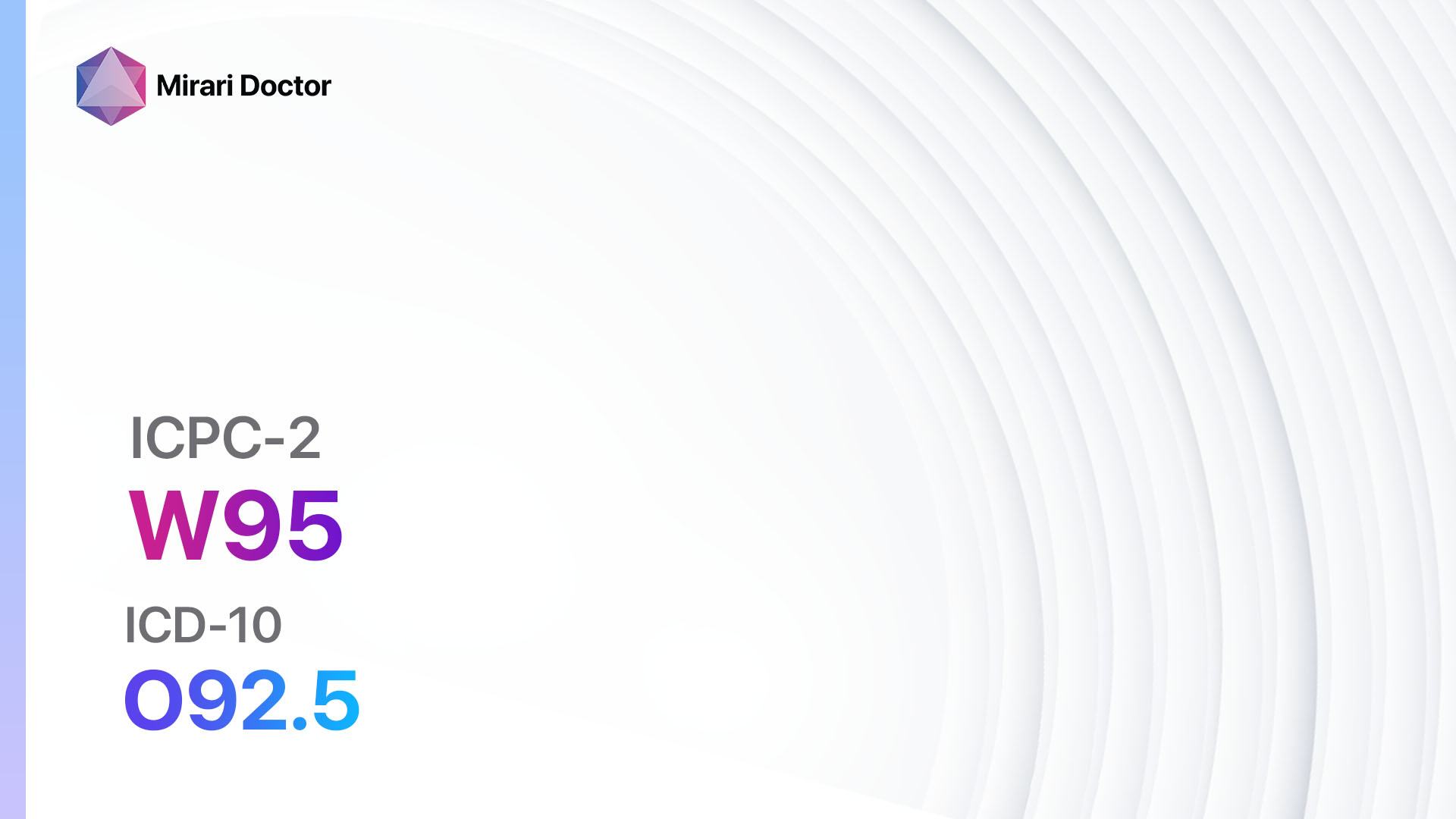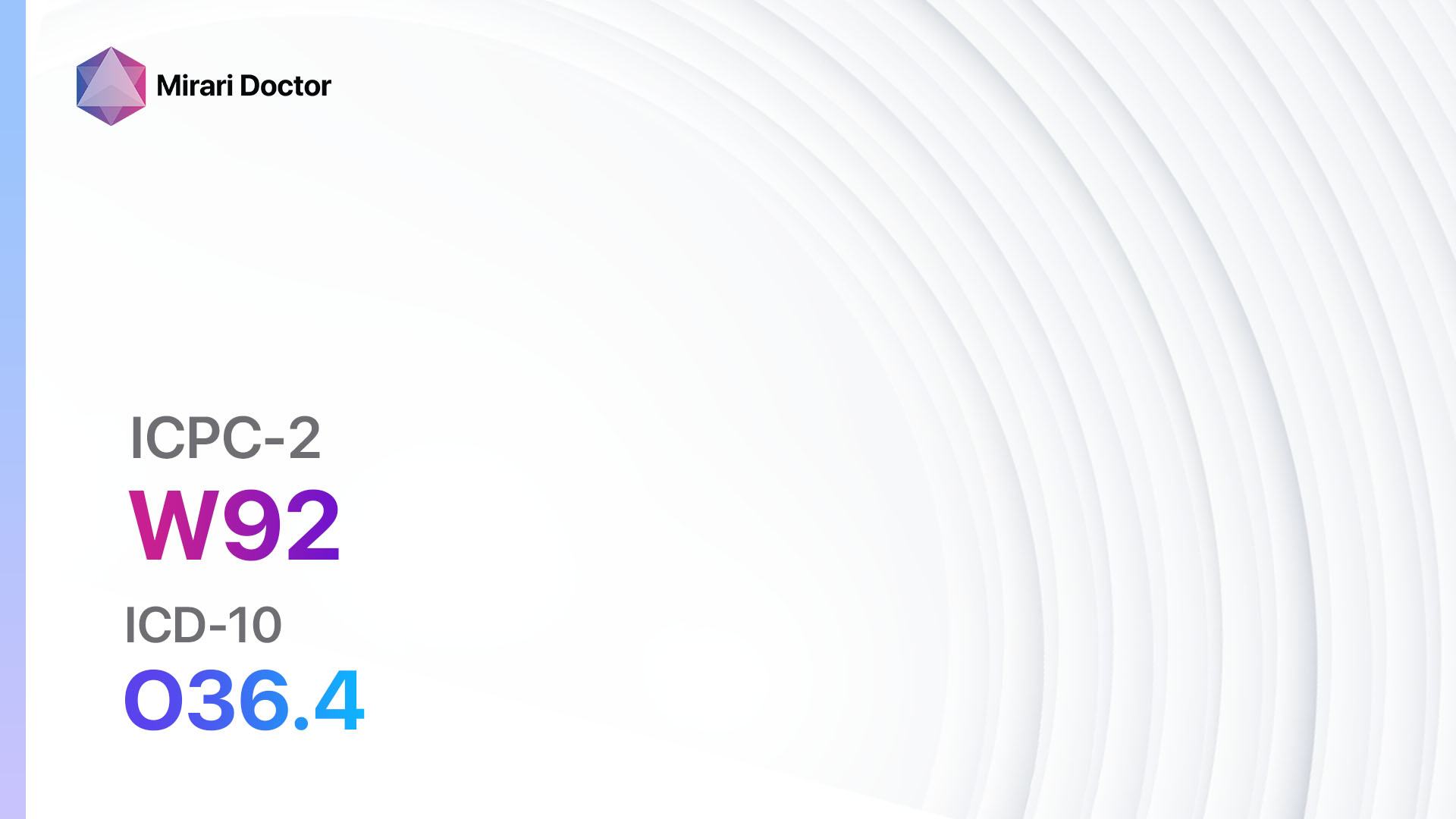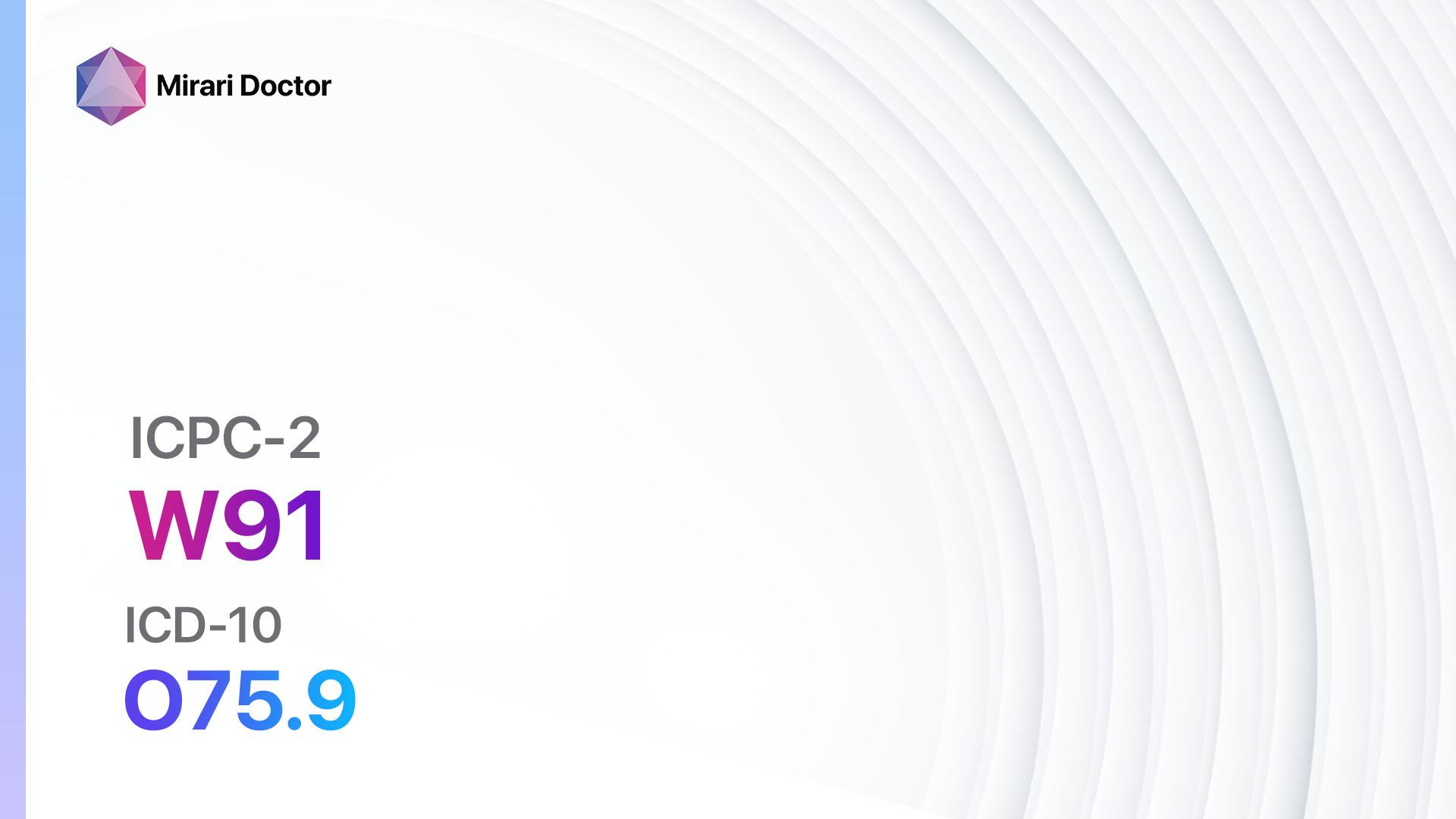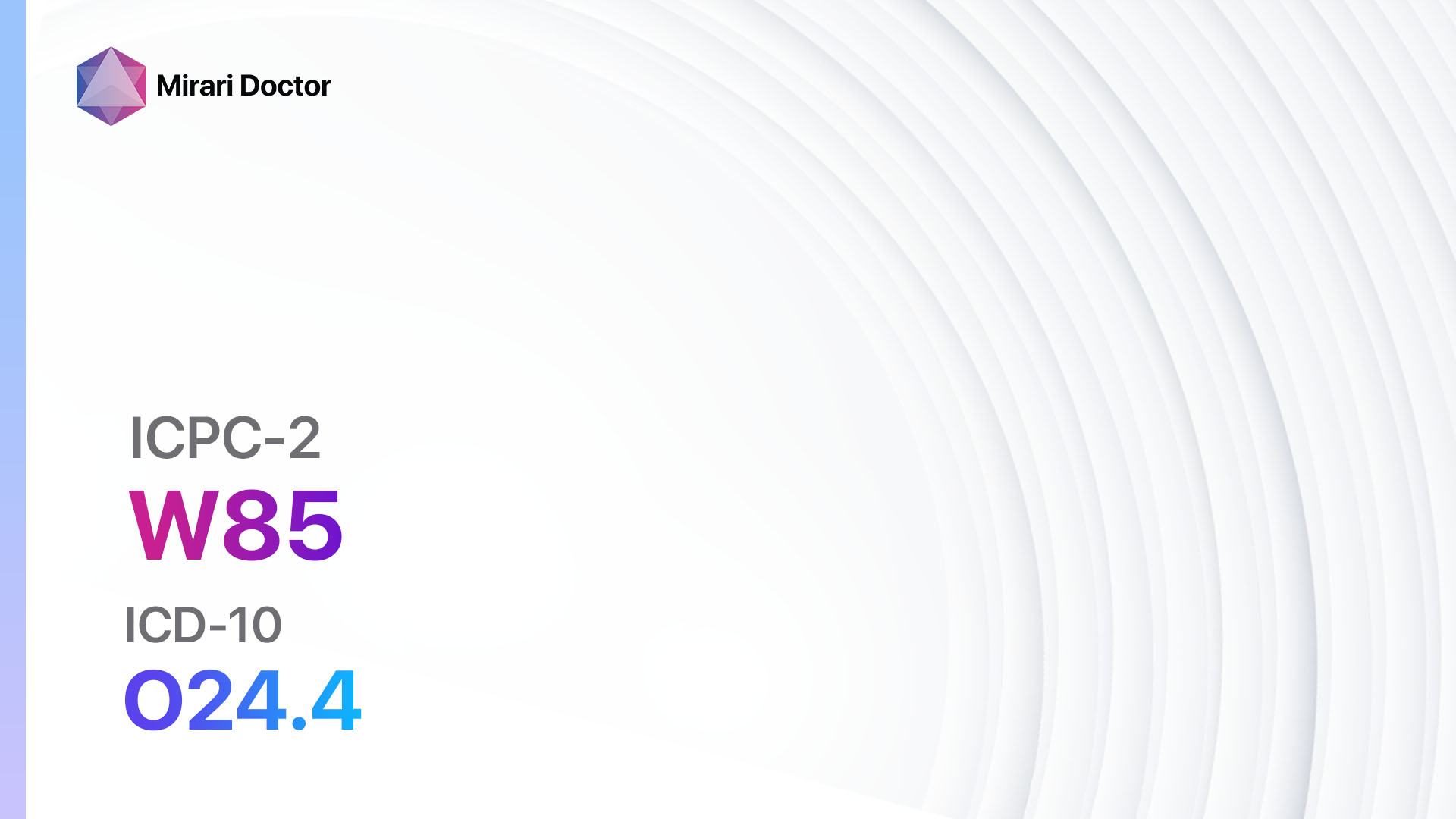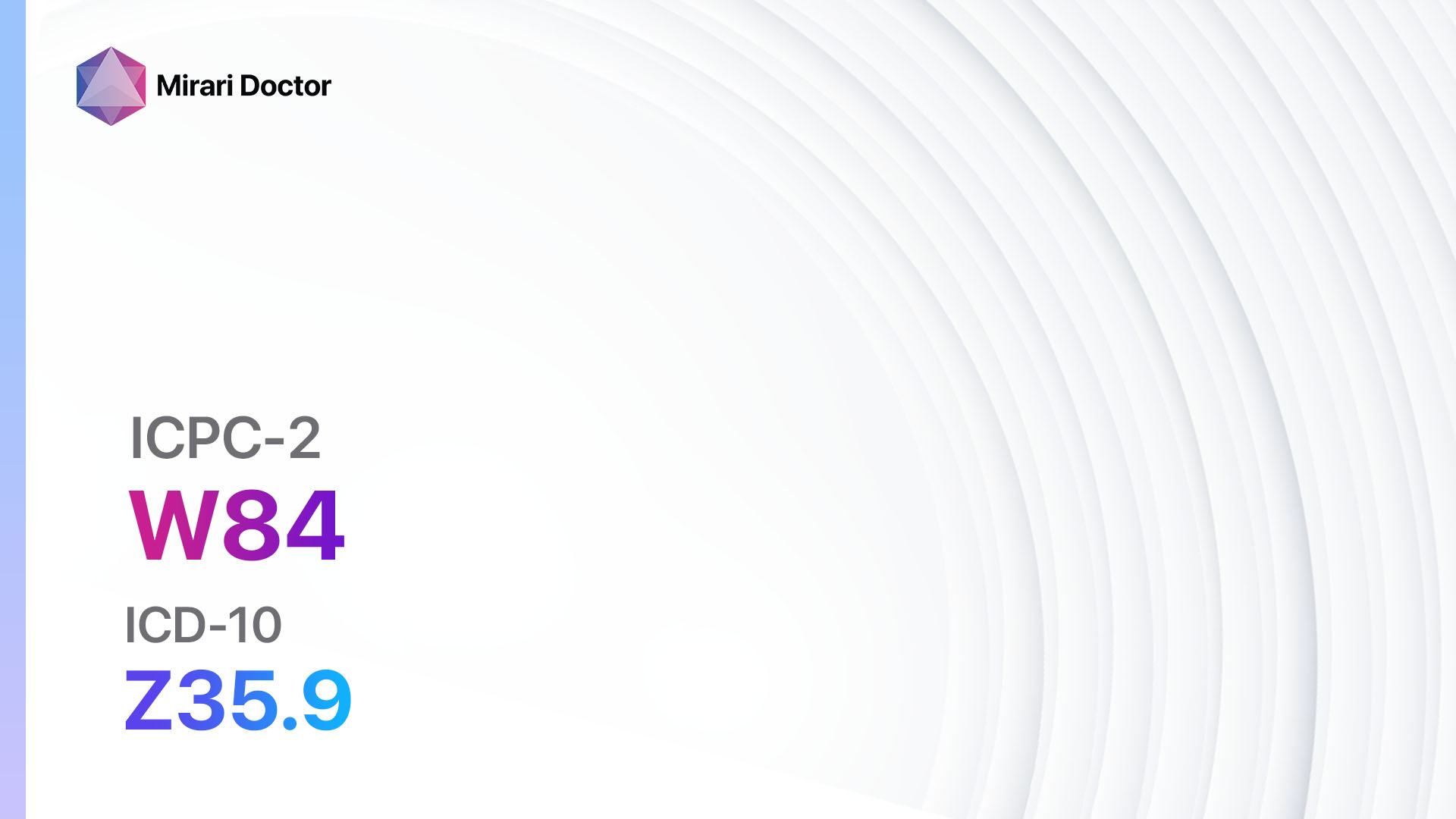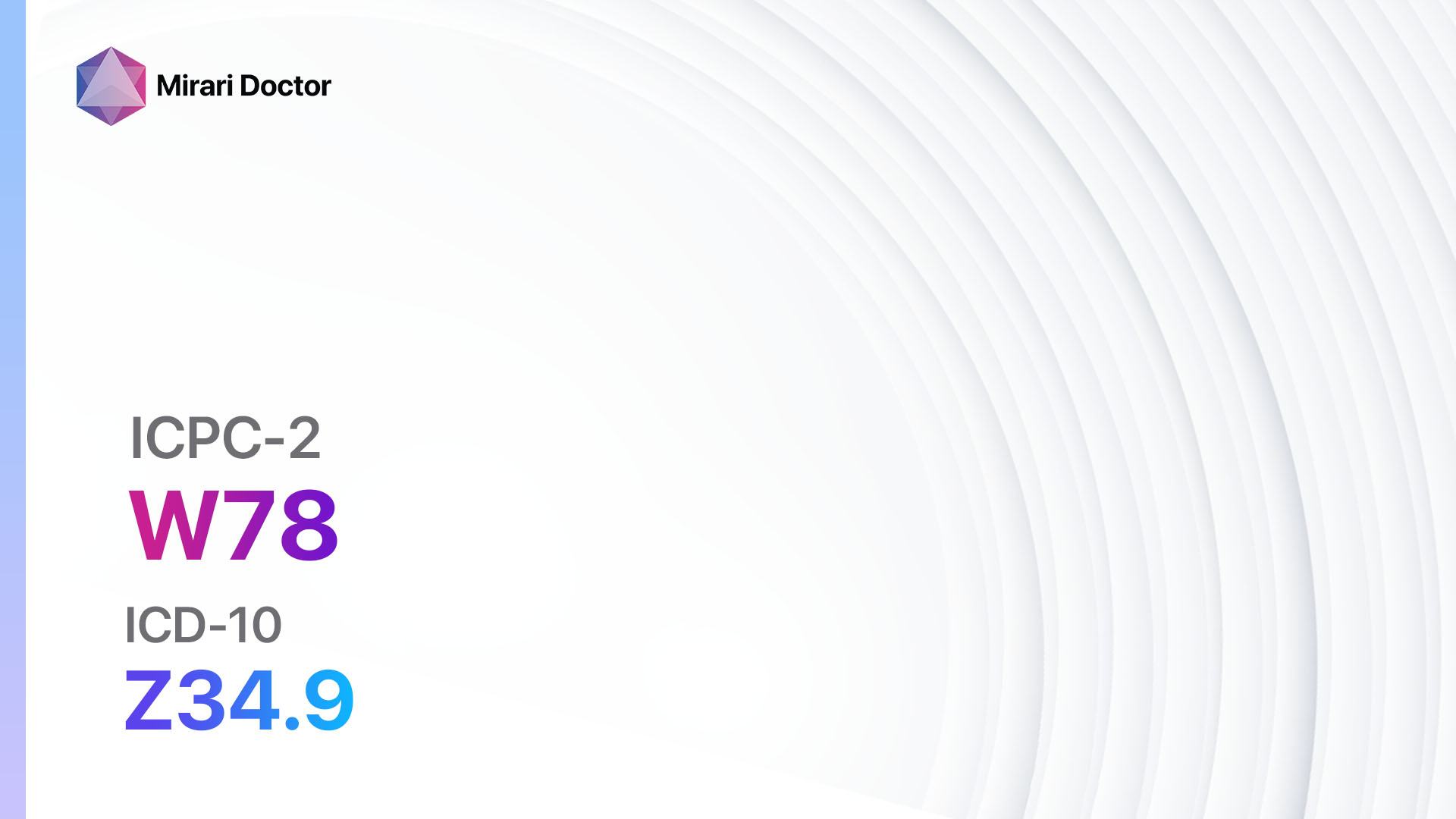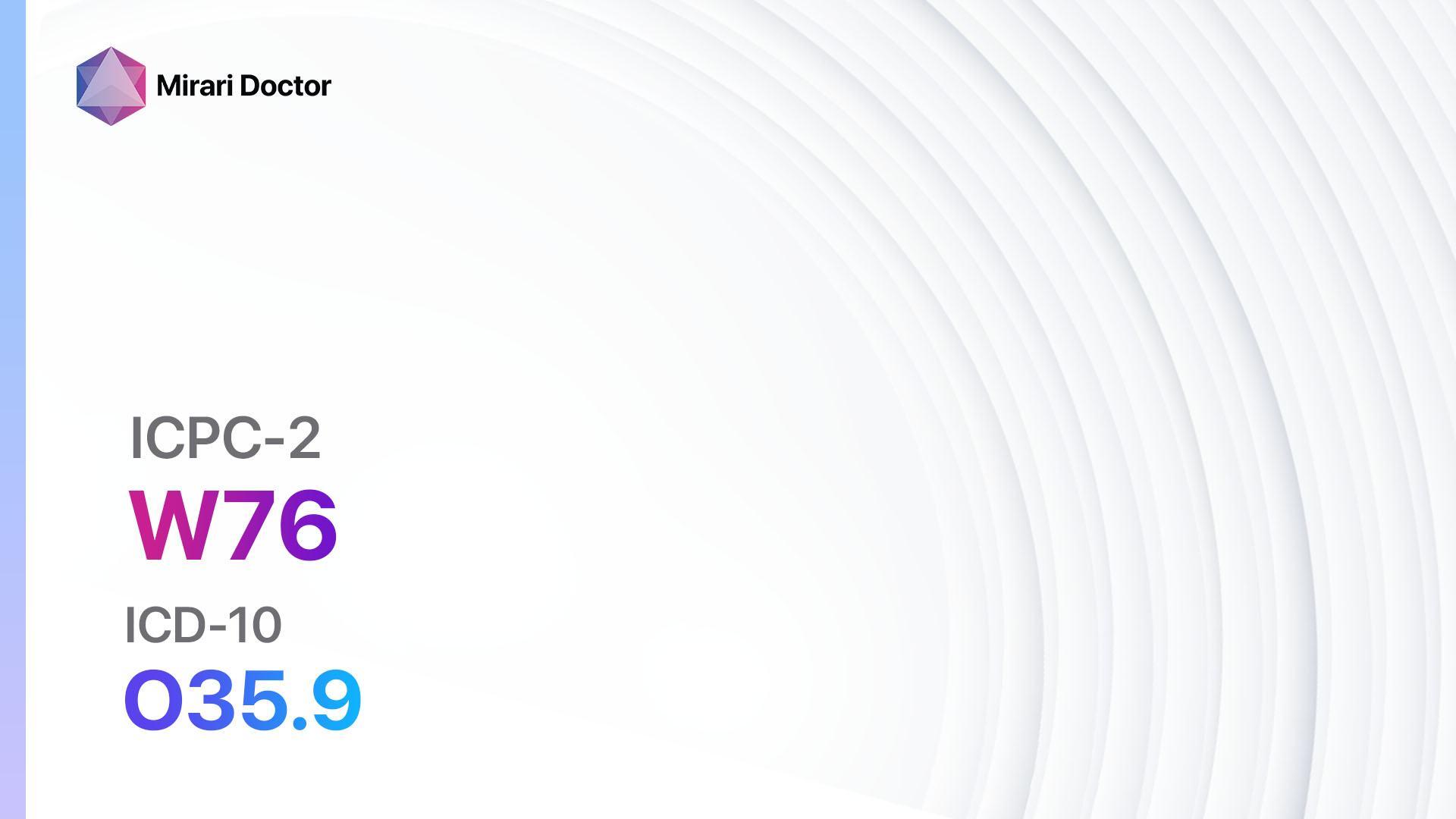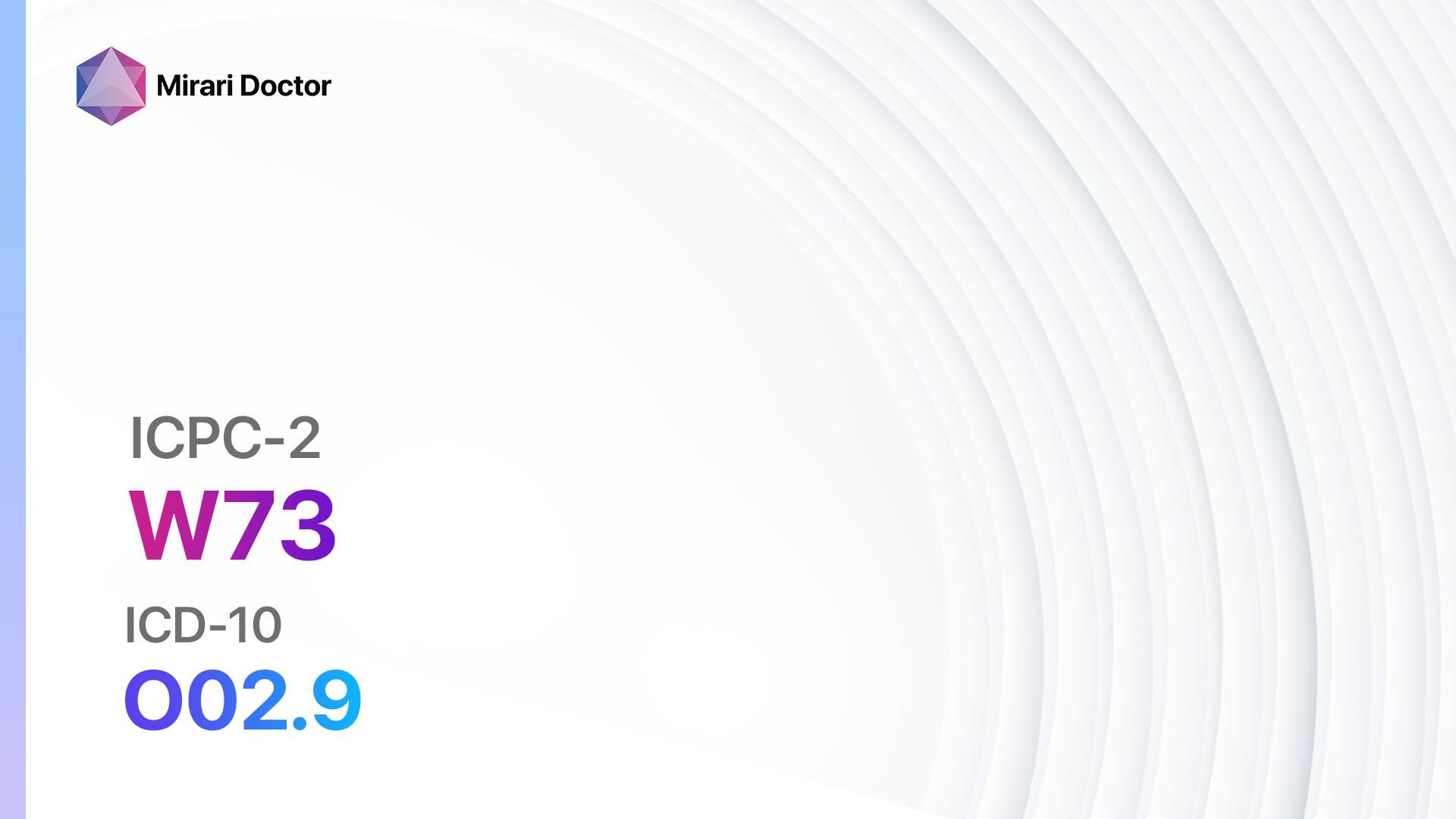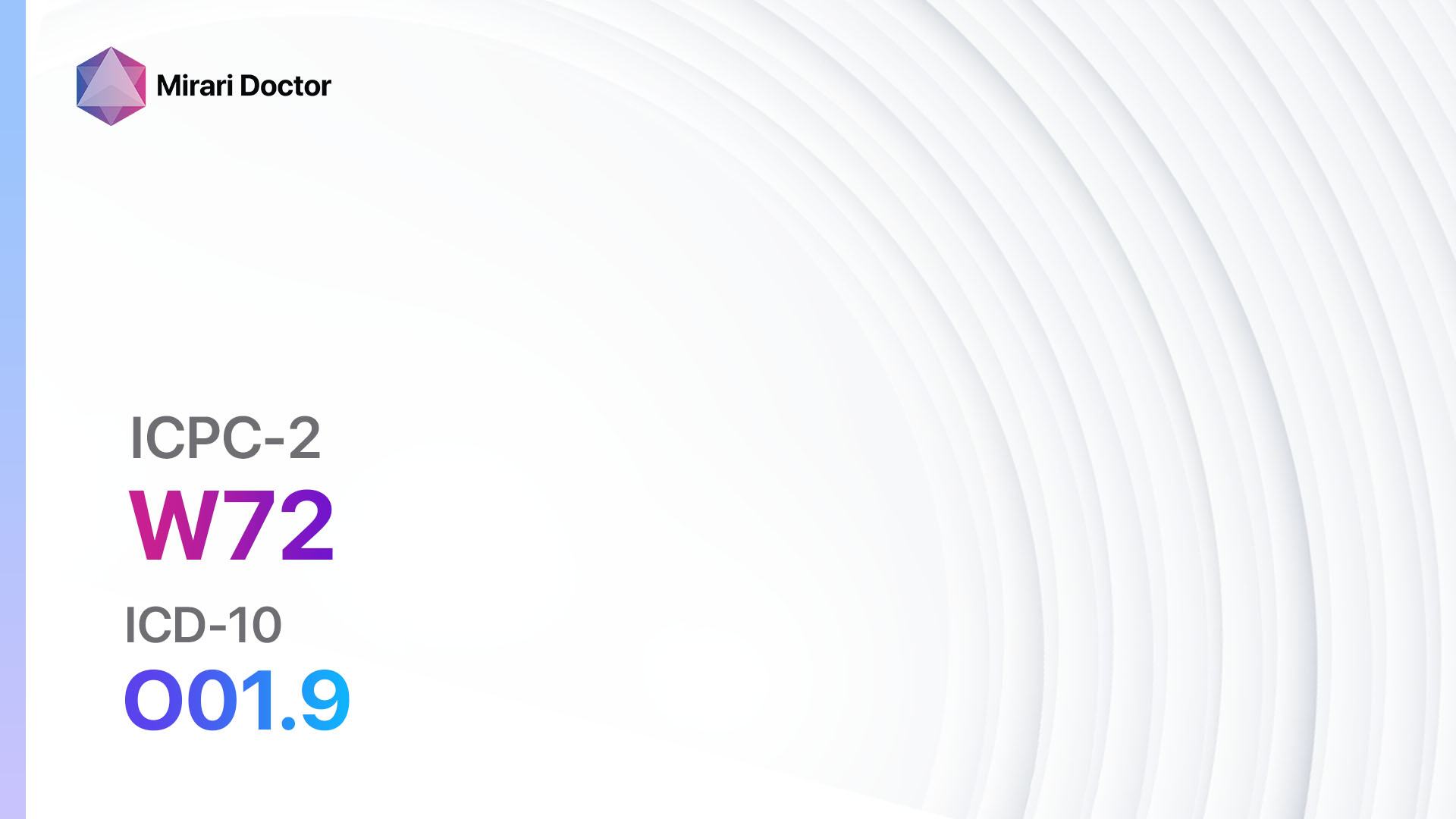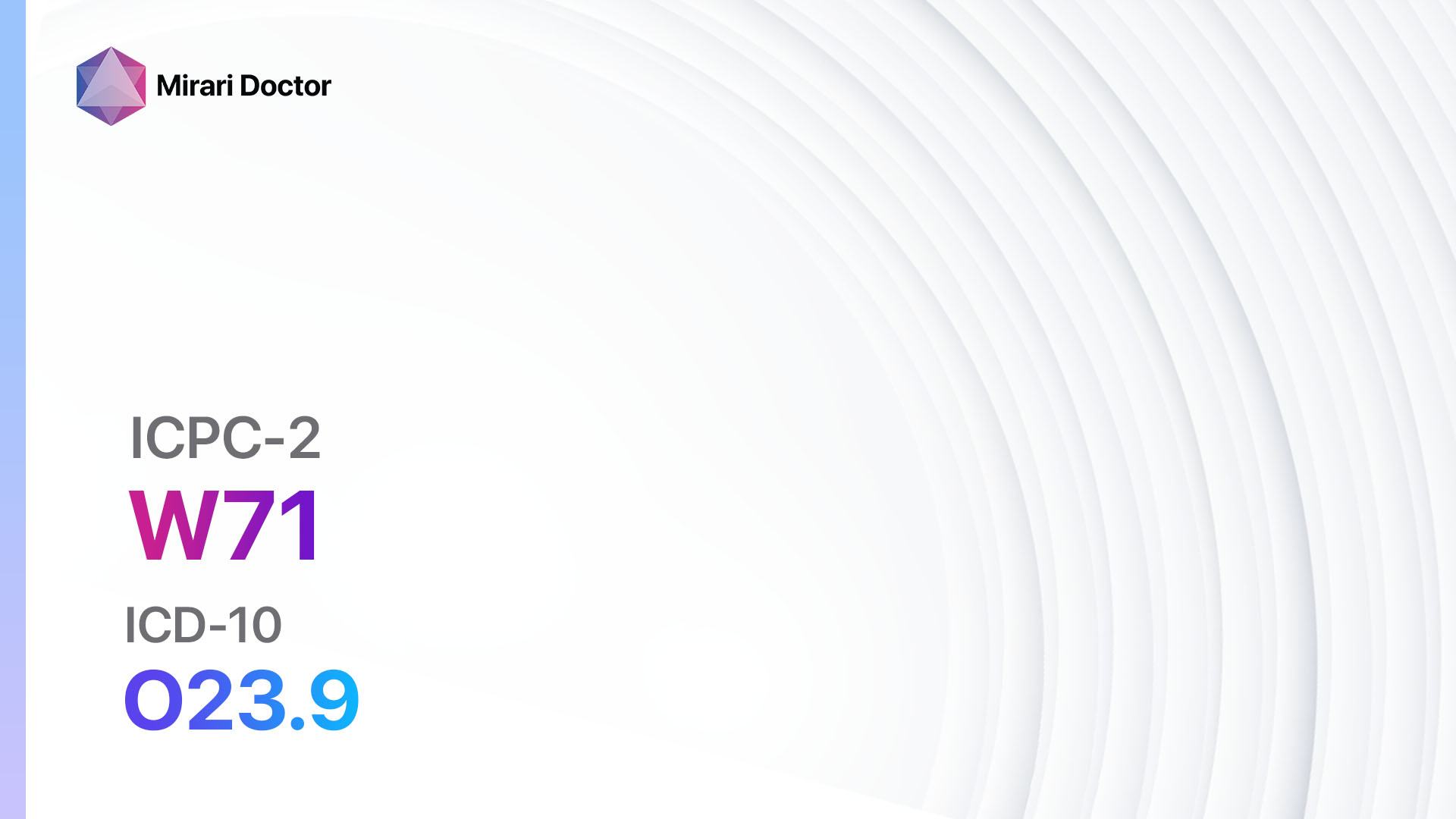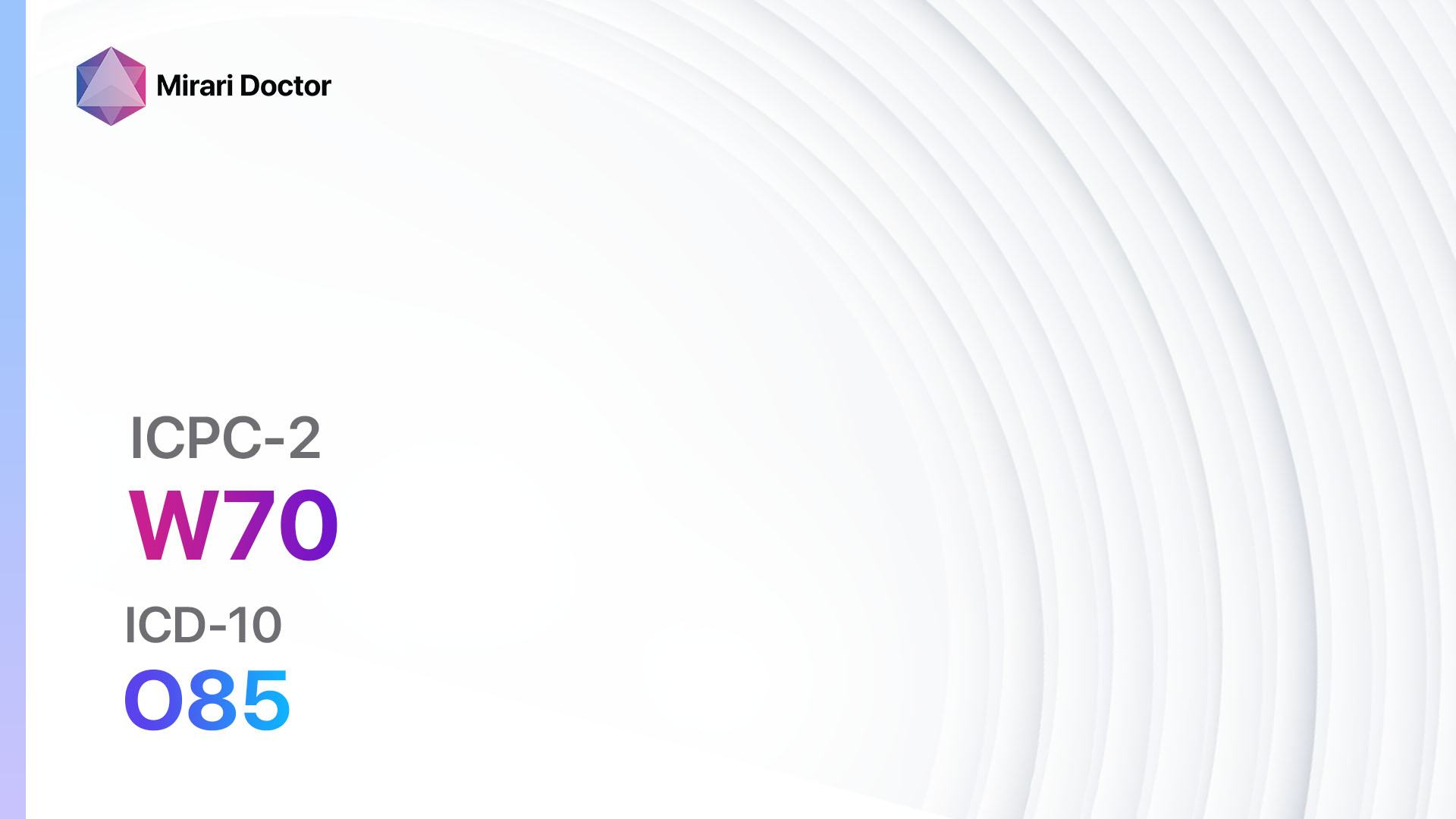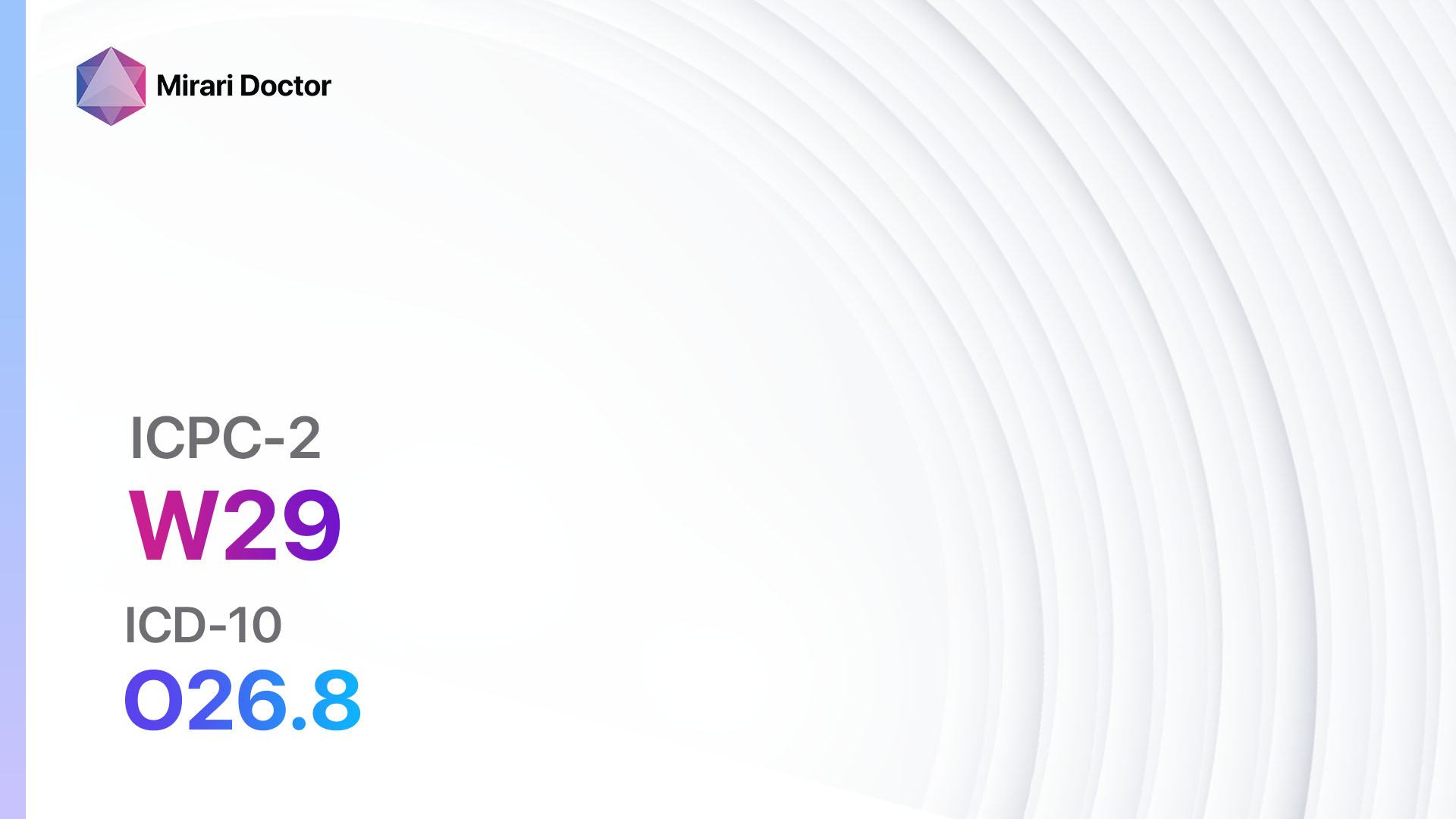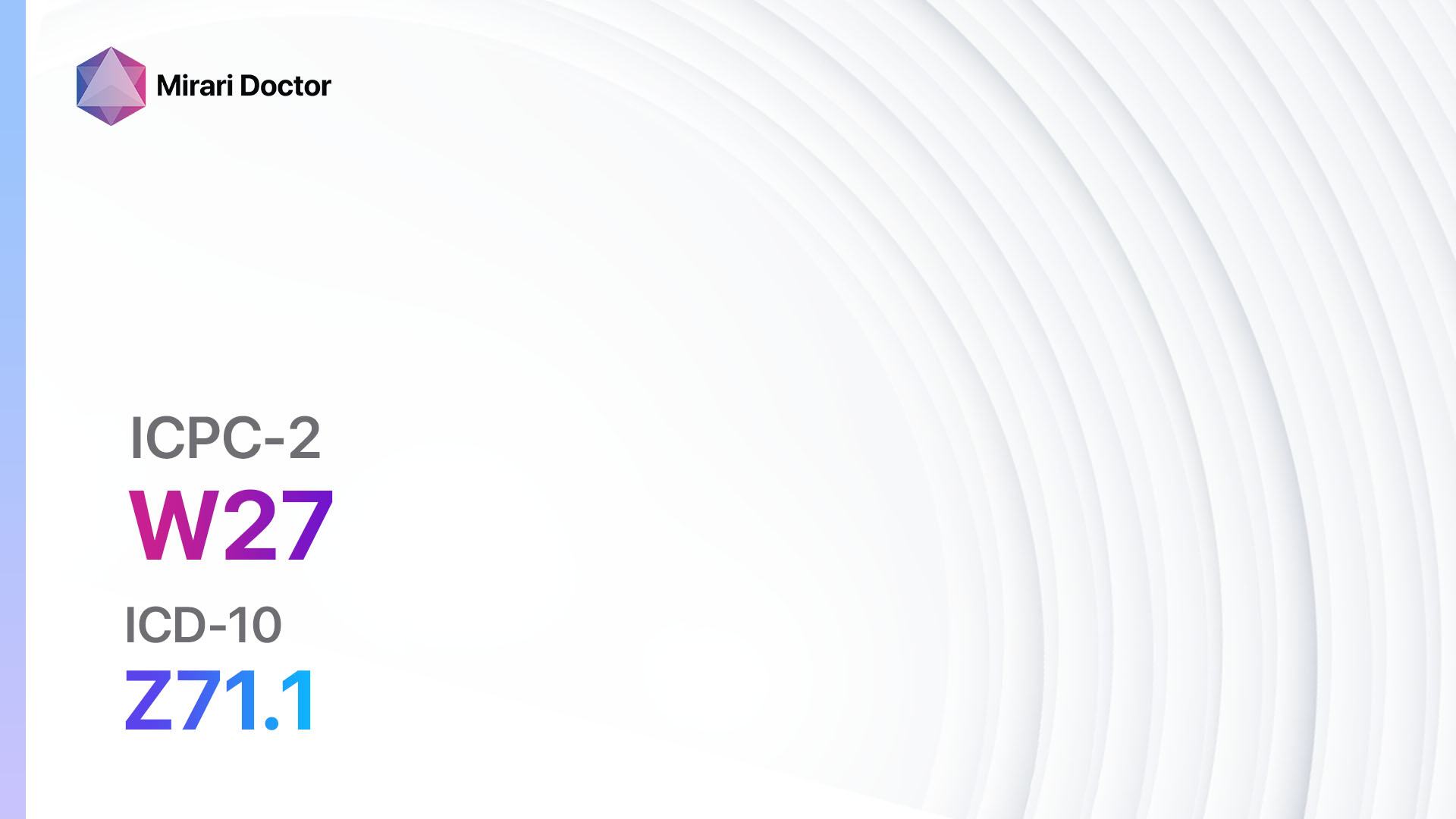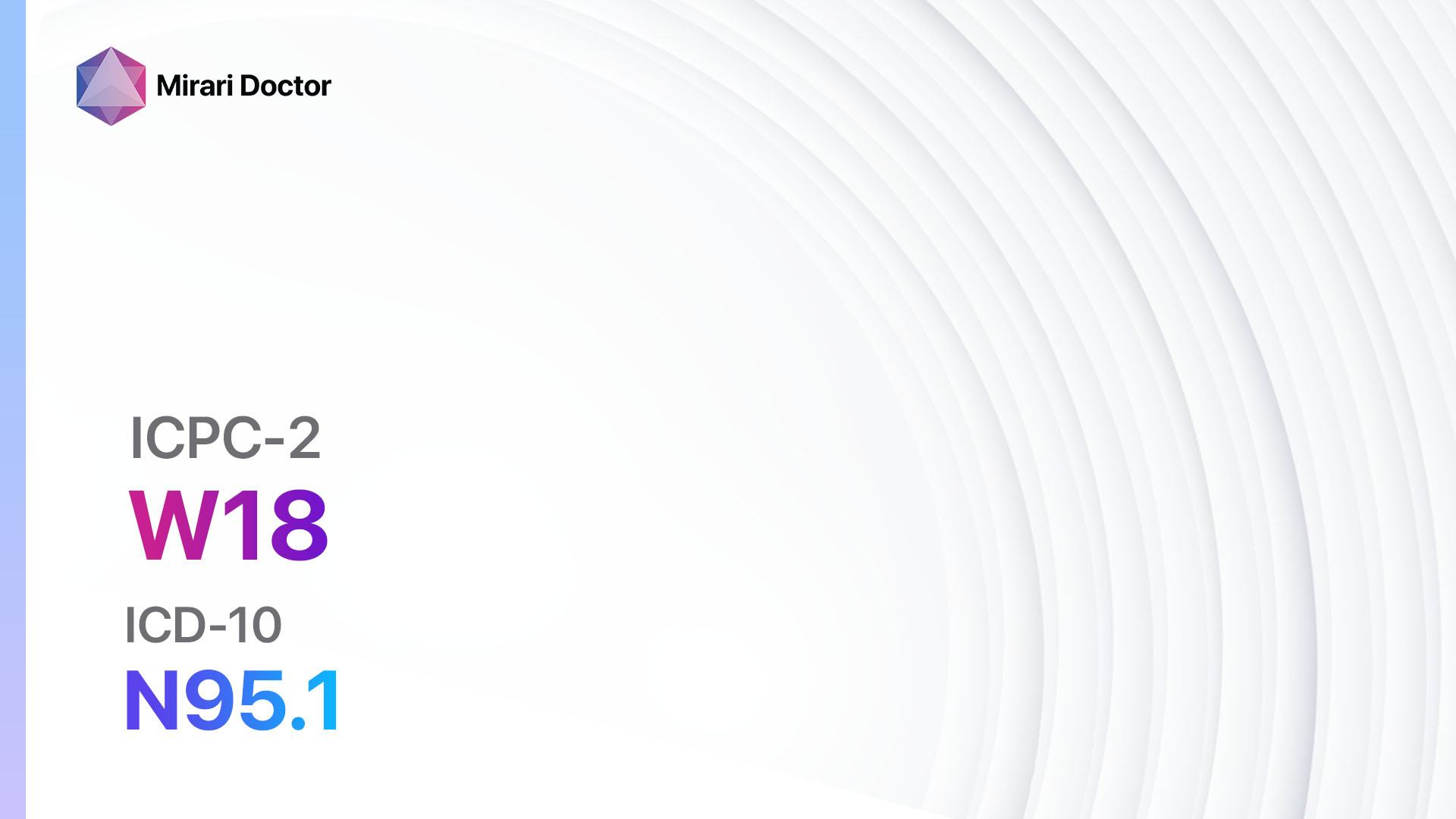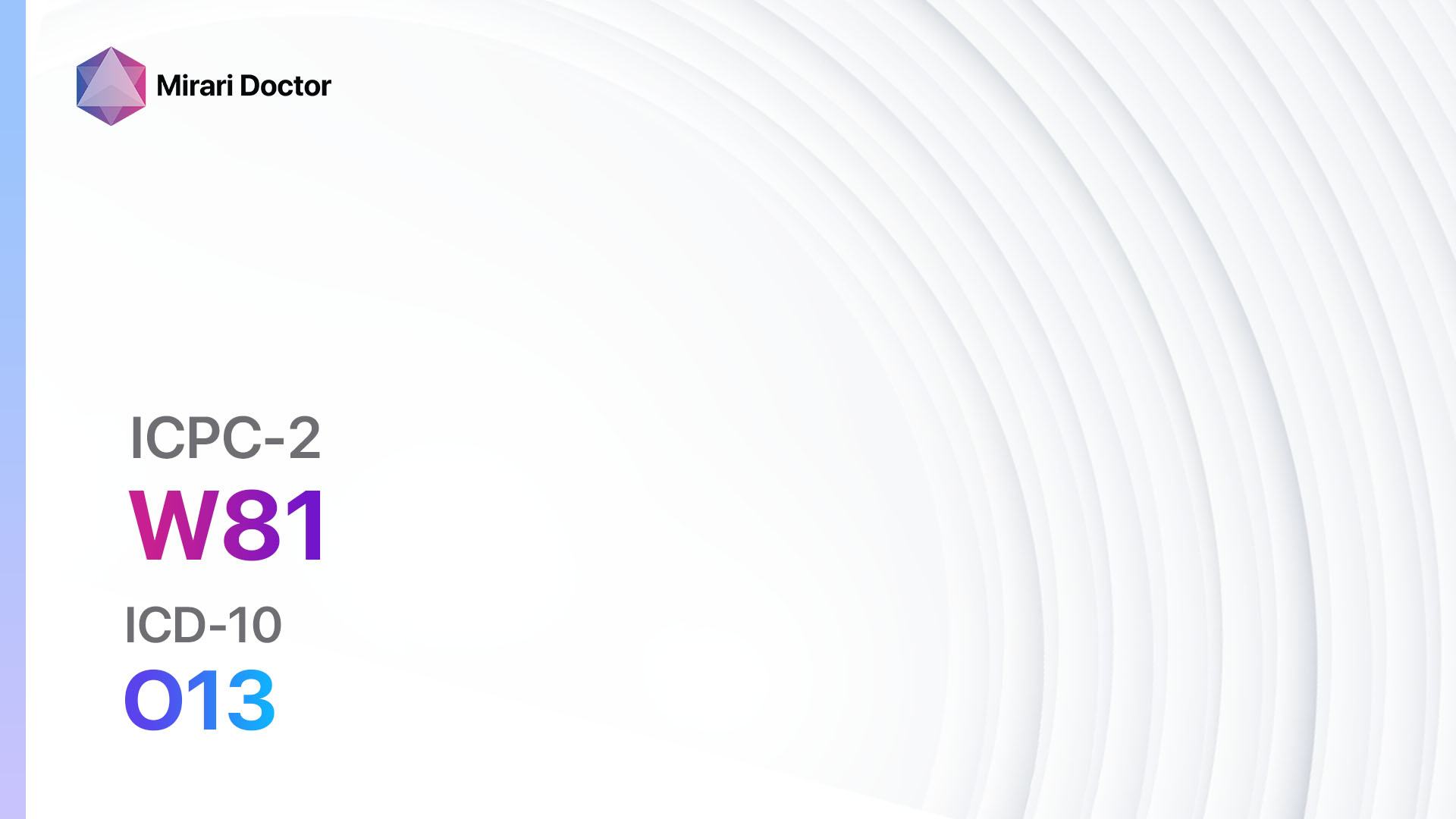
Introduction
Toxaemia of pregnancy, also known as preeclampsia, is a serious condition that affects pregnant women. It is characterized by high blood pressure and damage to organs, most commonly the liver and kidneys[1]. This guide aims to provide healthcare professionals with a comprehensive overview of the diagnosis and management of toxaemia of pregnancy.
Codes
- ICPC-2 Code: W81 Toxaemia of pregnancy
- ICD-10 Code: O13 Gestational [pregnancy-induced] hypertension without significant proteinuria[2]
Symptoms
- High blood pressure: Blood pressure readings consistently above 140/90 mm Hg[3].
- Proteinuria: Presence of excess protein in the urine[4].
- Edema: Swelling, particularly in the hands, feet, and face[5].
- Headaches: Persistent headaches that are not relieved with over-the-counter pain medications[6].
- Visual disturbances: Blurred vision, seeing spots, or temporary loss of vision[7].
- Abdominal pain: Pain in the upper right side of the abdomen, below the ribs[8].
- Nausea and vomiting: Persistent nausea and vomiting that is not related to other causes[9].
Causes
- Abnormal placenta development: The exact cause is unknown, but it is believed to be related to problems with the blood vessels in the placenta[10].
- Genetic factors: Women with a family history of preeclampsia are at a higher risk.
- First pregnancy: Women who are pregnant for the first time have a higher risk.
- Age: Women under 20 or over 40 are at a higher risk.
- Multiple pregnancies: Women carrying twins or triplets are at a higher risk.
- Obesity: Women with a body mass index (BMI) of 30 or higher are at a higher risk.
- Chronic hypertension: Women with pre-existing high blood pressure are at a higher risk.
Diagnostic Steps
Medical History
- Gather information about the patient’s risk factors, including family history, previous pregnancies, and medical conditions.
- Ask about symptoms related to toxaemia of pregnancy, such as high blood pressure, proteinuria, and edema.
- Inquire about any medications the patient is currently taking.
Physical Examination
- Measure the patient’s blood pressure to determine if it is consistently elevated.
- Check for signs of edema, particularly in the hands, feet, and face.
- Examine the abdomen for tenderness or pain in the upper right side.
- Assess the patient’s reflexes and look for signs of neurological abnormalities.
Laboratory Tests
- Urine analysis: Test for the presence of proteinuria.
- Blood tests: Measure liver and kidney function, as well as blood clotting factors.
- Complete blood count: Check for low platelet count, which can be a sign of preeclampsia.
- Coagulation profile: Assess blood clotting factors to identify any abnormalities.
- Liver function tests: Evaluate liver function and detect any signs of liver damage.
- Renal function tests: Measure kidney function and identify any signs of kidney damage.
Diagnostic Imaging
- Ultrasound: Assess the growth and development of the fetus, as well as the blood flow in the placenta.
- Doppler ultrasound: Measure blood flow in the umbilical artery to assess placental function.
- Magnetic resonance imaging (MRI): Rarely used, but may be necessary in certain cases to evaluate organ damage.
Other Tests
- Non-stress test: Monitor the baby’s heart rate and movement to assess fetal well-being.
- Biophysical profile: Combines ultrasound and non-stress test to evaluate fetal well-being.
- 24-hour urine collection: Measure the amount of protein excreted in the urine over a 24-hour period.
Follow-up and Patient Education
- Schedule regular follow-up appointments to monitor blood pressure, urine protein levels, and fetal well-being.
- Educate the patient about the signs and symptoms of worsening preeclampsia and the importance of seeking medical attention.
- Discuss the potential complications of preeclampsia, such as preterm birth and organ damage.
Possible Interventions
Traditional Interventions
Medications:
Top 5 drugs for Toxaemia of pregnancy:
- Magnesium sulfate:
- Cost: $10-$50 per dose.
- Contraindications: Myasthenia gravis, heart block.
- Side effects: Flushing, sweating, drowsiness.
- Severe side effects: Respiratory depression, cardiac arrest.
- Drug interactions: Calcium channel blockers, neuromuscular blocking agents.
- Warning: Requires close monitoring of magnesium levels and respiratory status.
- Antihypertensive medications (e.g., labetalol, nifedipine):
- Cost: $10-$50 per month.
- Contraindications: Severe bradycardia, heart failure.
- Side effects: Fatigue, dizziness, headache.
- Severe side effects: Hypotension, heart failure.
- Drug interactions: Other antihypertensive medications, grapefruit juice.
- Warning: Regular blood pressure monitoring required.
- Corticosteroids (e.g., betamethasone, dexamethasone):
- Cost: $10-$50 per dose.
- Contraindications: Active infection, uncontrolled diabetes.
- Side effects: Increased blood sugar, fluid retention.
- Severe side effects: Adrenal suppression, osteoporosis.
- Drug interactions: Nonsteroidal anti-inflammatory drugs (NSAIDs), anticoagulants.
- Warning: Short-term use only, careful monitoring of blood sugar levels.
- Diuretics (e.g., furosemide):
- Cost: $10-$50 per month.
- Contraindications: Anuria, electrolyte imbalance.
- Side effects: Increased urination, electrolyte abnormalities.
- Severe side effects: Dehydration, hypotension.
- Drug interactions: Other diuretics, NSAIDs.
- Warning: Monitor electrolyte levels and kidney function.
- Anticoagulants (e.g., low molecular weight heparin):
- Cost: $100-$500 per month.
- Contraindications: Active bleeding, history of heparin-induced thrombocytopenia.
- Side effects: Bruising, bleeding.
- Severe side effects: Hemorrhage, allergic reactions.
- Drug interactions: Other anticoagulants, antiplatelet medications.
- Warning: Requires regular monitoring of blood clotting parameters.
Alternative Drugs:
- Labetalol (alternative antihypertensive medication).
- Nifedipine (alternative antihypertensive medication).
- Methyldopa (alternative antihypertensive medication).
- Hydralazine (alternative antihypertensive medication).
- Enoxaparin (alternative anticoagulant medication).
Surgical Procedures:
- Delivery: The only definitive treatment for preeclampsia is delivery of the baby and placenta. The timing and method of delivery depend on the severity of the condition and the gestational age of the fetus.
Alternative Interventions
- Acupuncture: May help reduce blood pressure and improve overall well-being. Cost: $60-$120 per session.
- Yoga and meditation: Can help reduce stress and promote relaxation. Cost: Varies depending on the location and instructor.
- Herbal supplements: Some herbs, such as ginger and garlic, may have potential benefits for reducing blood pressure. Cost: Varies depending on the specific supplement.
- Nutritional therapy: A well-balanced diet rich in fruits, vegetables, and whole grains may help improve overall health and reduce the risk of complications. Cost: Varies depending on food choices.
- Physical activity: Regular exercise, such as walking or swimming, can help improve circulation and reduce blood pressure. Cost: Varies depending on the chosen activity.
Lifestyle Interventions
- Bed rest: In some cases, bed rest may be recommended to reduce blood pressure and prevent complications. Cost: Varies depending on the need for additional support or assistance.
- Salt restriction: Limiting sodium intake may help reduce fluid retention and lower blood pressure. Cost: Varies depending on dietary choices.
- Stress management: Engaging in stress-reducing activities, such as deep breathing exercises or mindfulness, can help lower blood pressure. Cost: Varies depending on the chosen activity.
- Smoking cessation: Quitting smoking is essential for the health of both the mother and the baby. Cost: Varies depending on the chosen method of smoking cessation support.
- Regular prenatal care: Regular visits to the healthcare provider for monitoring and management of preeclampsia are crucial. Cost: Varies depending on insurance coverage and healthcare provider fees.
It is important to note that the cost ranges provided are approximate and may vary depending on the location and availability of the interventions.
Mirari Cold Plasma Alternative Intervention
Understanding Mirari Cold Plasma
- Safe and Non-Invasive Treatment: Mirari Cold Plasma is a safe and non-invasive treatment option for various skin conditions. It does not require incisions, minimizing the risk of scarring, bleeding, or tissue damage.
- Efficient Extraction of Foreign Bodies: Mirari Cold Plasma facilitates the removal of foreign bodies from the skin by degrading and dissociating organic matter, allowing easier access and extraction.
- Pain Reduction and Comfort: Mirari Cold Plasma has a local analgesic effect, providing pain relief during the treatment, making it more comfortable for the patient.
- Reduced Risk of Infection: Mirari Cold Plasma has antimicrobial properties, effectively killing bacteria and reducing the risk of infection.
- Accelerated Healing and Minimal Scarring: Mirari Cold Plasma stimulates wound healing and tissue regeneration, reducing healing time and minimizing the formation of scars.
Mirari Cold Plasma Prescription
Video instructions for using Mirari Cold Plasma Device – W81 Toxaemia of pregnancy (ICD-10:O13)
| Mild | Moderate | Severe |
| Mode setting: 1 (Infection) Location: 2 (Prostate & Uterus) Morning: 15 minutes, Evening: 15 minutes |
Mode setting: 1 (Infection) Location: 2 (Prostate & Uterus) Morning: 30 minutes, Lunch: 30 minutes, Evening: 30 minutes |
Mode setting: 1 (Infection) Location: 2 (Prostate & Uterus) Morning: 30 minutes, Lunch: 30 minutes, Evening: 30 minutes |
| Mode setting: 2 (Wound Healing) Location: 2 (Prostate & Uterus) Morning: 15 minutes, Evening: 15 minutes |
Mode setting: 2 (Wound Healing) Location: 2 (Prostate & Uterus) Morning: 30 minutes, Lunch: 30 minutes, Evening: 30 minutes |
Mode setting: 2 (Wound Healing) Location: 2 (Prostate & Uterus) Morning: 30 minutes, Lunch: 30 minutes, Evening: 30 minutes |
| Mode setting: 1 (Infection) Location: 1 (Sacrum) Morning: 15 minutes, Evening: 15 minutes |
Mode setting: 1 (Infection) Location: 1 (Sacrum) Morning: 30 minutes, Lunch: 30 minutes, Evening: 30 minutes |
Mode setting: 1 (Infection) Location: 1 (Sacrum) Morning: 30 minutes, Lunch: 30 minutes, Evening: 30 minutes |
| Mode setting: 7 (Immunotherapy) Location: 1 (Sacrum) Morning: 15 minutes, Evening: 15 minutes |
Mode setting: 7 (Immunotherapy) Location: 1 (Sacrum) Morning: 30 minutes, Lunch: 30 minutes, Evening: 30 minutes |
Mode setting: 7 (Immunotherapy) Location: 1 (Sacrum) Morning: 30 minutes, Lunch: 30 minutes, Evening: 30 minutes |
| Total Morning: 60 minutes approx. $10 USD, Evening: 60 minutes approx. $10 USD |
Total Morning: 120 minutes approx. $20 USD, Lunch: 120 minutes approx. $20 USD, Evening: 120 minutes approx. $20 USD, |
Total Morning: 120 minutes approx. $20 USD, Lunch: 120 minutes approx. $20 USD, Evening: 120 minutes approx. $20 USD, |
| Usual treatment for 7-60 days approx. $140 USD – $1200 USD | Usual treatment for 6-8 weeks approx. $2,520 USD – $3,360 USD |
Usual treatment for 3-6 months approx. $5,400 USD – $10,800 USD
|
 |
|
Use the Mirari Cold Plasma device to treat Toxaemia of pregnancy effectively.
WARNING: MIRARI COLD PLASMA IS DESIGNED FOR THE HUMAN BODY WITHOUT ANY ARTIFICIAL OR THIRD PARTY PRODUCTS. USE OF OTHER PRODUCTS IN COMBINATION WITH MIRARI COLD PLASMA MAY CAUSE UNPREDICTABLE EFFECTS, HARM OR INJURY. PLEASE CONSULT A MEDICAL PROFESSIONAL BEFORE COMBINING ANY OTHER PRODUCTS WITH USE OF MIRARI.
Step 1: Cleanse the Skin
- Start by cleaning the affected area of the skin with a gentle cleanser or mild soap and water. Gently pat the area dry with a clean towel.
Step 2: Prepare the Mirari Cold Plasma device
- Ensure that the Mirari Cold Plasma device is fully charged or has fresh batteries as per the manufacturer’s instructions. Make sure the device is clean and in good working condition.
- Switch on the Mirari device using the power button or by following the specific instructions provided with the device.
- Some Mirari devices may have adjustable settings for intensity or treatment duration. Follow the manufacturer’s instructions to select the appropriate settings based on your needs and the recommended guidelines.
Step 3: Apply the Device
- Place the Mirari device in direct contact with the affected area of the skin. Gently glide or hold the device over the skin surface, ensuring even coverage of the area experiencing.
- Slowly move the Mirari device in a circular motion or follow a specific pattern as indicated in the user manual. This helps ensure thorough treatment coverage.
Step 4: Monitor and Assess:
- Keep track of your progress and evaluate the effectiveness of the Mirari device in managing your Toxaemia of pregnancy. If you have any concerns or notice any adverse reactions, consult with your health care professional.
Note
This guide is for informational purposes only and should not replace the advice of a medical professional. Always consult with your healthcare provider or a qualified medical professional for personal advice, diagnosis, or treatment. Do not solely rely on the information presented here for decisions about your health. Use of this information is at your own risk. The authors of this guide, nor any associated entities or platforms, are not responsible for any potential adverse effects or outcomes based on the content.
Mirari Cold Plasma System Disclaimer
- Purpose: The Mirari Cold Plasma System is a Class 2 medical device designed for use by trained healthcare professionals. It is registered for use in Thailand and Vietnam. It is not intended for use outside of these locations.
- Informational Use: The content and information provided with the device are for educational and informational purposes only. They are not a substitute for professional medical advice or care.
- Variable Outcomes: While the device is approved for specific uses, individual outcomes can differ. We do not assert or guarantee specific medical outcomes.
- Consultation: Prior to utilizing the device or making decisions based on its content, it is essential to consult with a Certified Mirari Tele-Therapist and your medical healthcare provider regarding specific protocols.
- Liability: By using this device, users are acknowledging and accepting all potential risks. Neither the manufacturer nor the distributor will be held accountable for any adverse reactions, injuries, or damages stemming from its use.
- Geographical Availability: This device has received approval for designated purposes by the Thai and Vietnam FDA. As of now, outside of Thailand and Vietnam, the Mirari Cold Plasma System is not available for purchase or use.
References
- American College of Obstetricians and Gynecologists. (2020). Preeclampsia and High Blood Pressure During Pregnancy. ACOG Practice Bulletin No. 222. Obstetrics & Gynecology, 135(6), e237-e260.
- World Health Organization. (2019). International Statistical Classification of Diseases and Related Health Problems (11th ed.).
- Sibai, B. M. (2003). Diagnosis and management of gestational hypertension and preeclampsia. Obstetrics & Gynecology, 102(1), 181-192.
- Levine, R. J., et al. (2004). Circulating angiogenic factors and the risk of preeclampsia. New England Journal of Medicine, 350(7), 672-683.
- Redman, C. W., & Sargent, I. L. (2005). Latest advances in understanding preeclampsia. Science, 308(5728), 1592-1594.
- Aukes, A. M., et al. (2009). Long-term cerebral imaging after pre-eclampsia. BJOG: An International Journal of Obstetrics & Gynaecology, 116(9), 1153-1159.
- Roos, N. M., et al. (2012). Maternal and fetal outcomes in women with pre-existing diabetes. BJOG: An International Journal of Obstetrics & Gynaecology, 119(8), 940-947.
- Duley, L., et al. (2006). Management of pre-eclampsia. BMJ, 332(7539), 463-468.
- Sibai, B. M., et al. (2005). Pre-eclampsia. The Lancet, 365(9461), 785-799.
- Roberts, J. M., & Cooper, D. W. (2001). Pathogenesis and genetics of pre-eclampsia. The Lancet, 357(9249), 53-56.
Related articles
Made in USA


